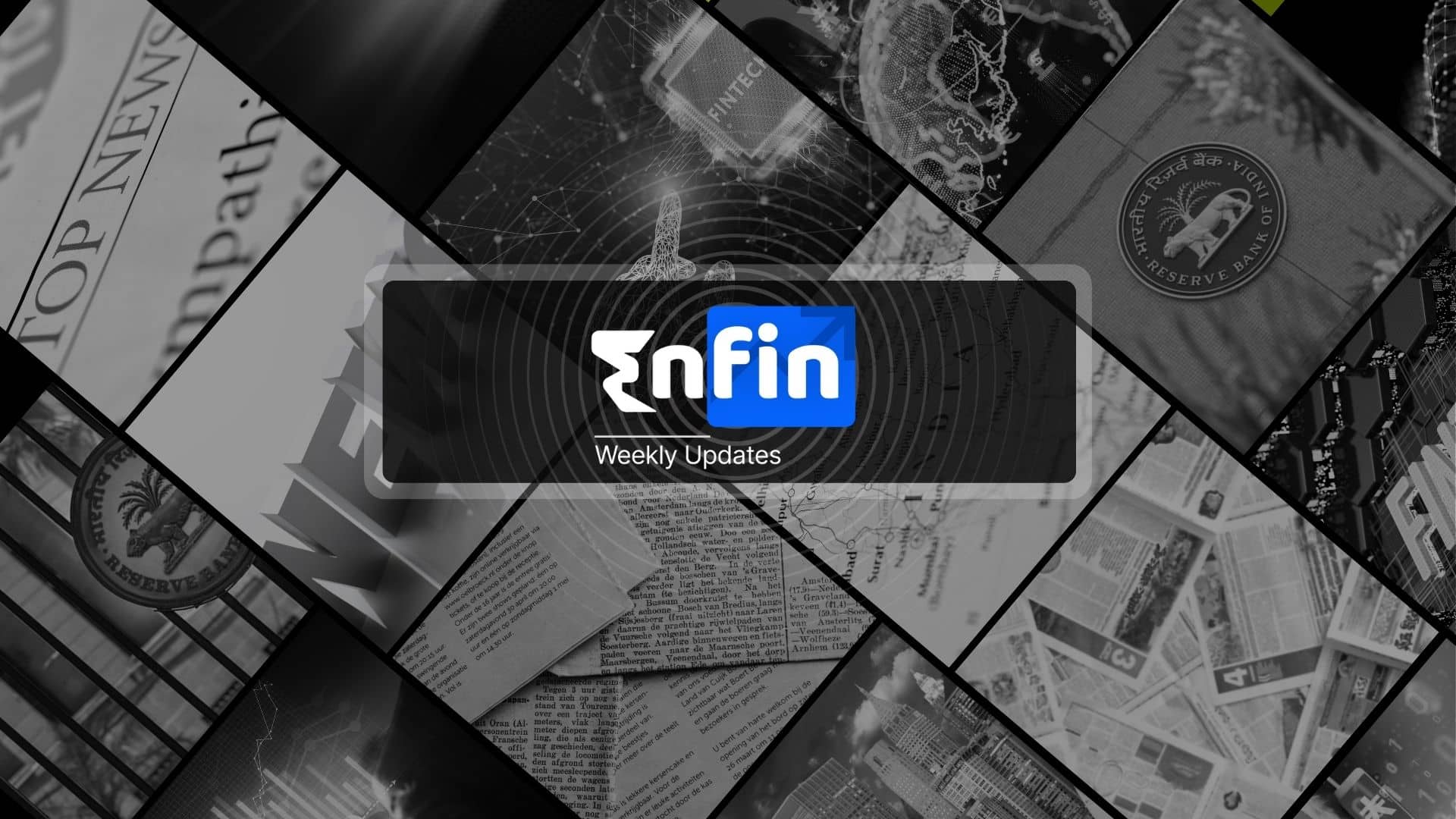Human Resource Planning is critical for the success of any organization. It allows businesses to have the right number of qualified individuals in place to be able to drive the company towards meeting its goals. In recent times, this has become even more important due to competitive and complex business landscapes. In this detailed blog, we will discuss the importance of HRP, different methods of human resource planning, and the various advantages it offers to organizations.
What is Human Resource Planning?
Human Resource Planning, or HRP, is the process of forecasting the future demand and supply of the right talent for an organization, making sure its workforce is available and capable enough to meet business objectives. In a way, it’s the analysis of internal and external environments, which will measure the strengths of the current workforce and the future needs of the company. HRP ensures that the organization has the right number of people at the right skill level at the right time, therefore making the organization competitive and sustainable.
Read More: Payroll process
Types of Human Resource Planning
Human resource planning involves different strategies with respect to the number of people working in an organization and the nature of the industry or goals. The types of HR planning are stated below:
1. Workforce Planning
Workforce planning involves how many employees should be available and what skills should be on board to fulfill the needs in the future. Employee turnover, market trends, and growth in the business are some factors taken into consideration while forecasting the staffing requirements of the company.
2. Succession Planning
Succession planning identifies and develops internal employees who can fill critical leadership positions in the future. This type of HR planning is focused on filling key positions after retirement, promotion, or death to minimize the potential chances of disruptions in the continuation of business operations.
3. Strategic HR Planning
Strategic HR planning entails the designing of recruitment, development, and talent management strategies that would support the long-term vision of the company. For example, if an organization plans to expand into new markets, strategic HR planning would focus on acquiring the necessary talent and expertise to support this growth.
Read More: Channel incentive platform
Methods of Human Resource Planning
Organizations can use many methods to achieve effective human resource planning. These methods help organizations forecast their future workforce needs, assess the existing talent pool, and devise strategies to fill in gaps.
1. Workforce Forecasting
It is essentially forecasting the organization’s workforce requirements in the future through factors such as growth, trends in the industry, and business objectives. It implies historical data analysis and the conditions of the market that would project the number of employees required in the future and the kind of skill sets that they would need.
2. Succession Planning
Succession planning is essential for identifying and developing internal talent to fill key leadership or critical roles in the near future. It ensures that the organization has a pipeline of qualified candidates ready to take over when the existing employees retire, resign, or get promoted. Thus, succession planning is indispensable for minimizing disruption during transition and maintaining business continuity.
3. Scenario Planning
Scenario planning is a strategy process in which multiple hypothetical scenarios are designed in terms of different future conditions, from economic decline to the transformation in consumer behavior and new waves of technological change. This indicates how they may alter the workforce, thus empowering companies to design flexibility within a strategy over a broad variety of outcomes.
4. Workforce Analysis
Workforce analysis refers to the study of the existing workforce in determining its strengths, weaknesses, and capability to fulfill the future requirements. This analysis involves evaluating the employee skills, experience, performance, and demographics, among other aspects. Workforce analysis aids an organization in determining its areas of skill shortages, further training requirements, and recruitments as well as readiness for promotion or a change in roles for its employees.
5. Skills Inventory
Skills inventory refers to a comprehensive list of the existing employee’s skills and qualifications. Keeping minute-to-minute updated skills inventory makes it easier for the HR department to identify some specific employees that can deliver some new skill set needed in new roles or projects and thereby reducing new recruitments.
6. Employee Surveys and Feedback
Employee surveys and feedback sessions help the organization understand the morale, engagement, and level of satisfaction of the workforce already existing. Through these means, areas where the employees are not being supported or require more development opportunities are identified. Organizations stay in contact with their workforce’s needs and change accordingly through regular feedback.
7. Job Analysis and Job Design
Job analysis is about detailing all the tasks, duties, and responsibilities attributed to an organizational job. Job design is designing jobs with the aim of optimizing productivity and maximizing job satisfaction. These methods ensure that each position is aligned with the organization’s overall goals and that employees are equipped to perform their jobs effectively.
Read More: Rental payment
The Need for Human Resource Planning
Human resource planning is one of the key functions of any organization, from big business houses to small ones. When aligned with the company’s objectives, HRP contributes to the management of current talent and positions the organization to meet its workforce needs tomorrow.
Ensuring the Right Talent at the Right Time
The most crucial element of HRP is that an organization must have the right talent at the right time. If it is not well planned, it can lead a business into a talent deficit or talent surplus, and it might be disastrous to organizational performance. The value of HR planning is thus seen in its proactive nature to provide staffing requirements not to have such scenarios occur.
A properly executed HRP strategy helps organizations:
- Avoid disruptions brought about by unplanned shortages in the workforce
- Eliminate overstaffing-related costs
- Balance workforce availability and production cycles or project timelines
Enhancing Productivity and Efficiency
Human resource planning enhances productivity through proper hiring for the right positions with adequate skills. By having the right fit within an organization’s workforce for the available positions, HRP eliminates most of the time wasted on training or trying to fit newly hired individuals into their designated jobs. Proper HRP, therefore, leads to high engagement levels because a worker will be more fulfilled and motivated by the job role if it matches their skills and career.
HRP also allows one to forecast future skill requirements. Therefore, organizations would gear up their training programs and hire the necessary staff much earlier so that there are no skills shortages.
Adapting to Organizational Changes
The changes that may occur in the market could be technology-driven, economically motivated, or even due to industry-specific factors. At such times, human resource planning plays an important role because it helps organizations become agile and respond to problems quickly.
Through HRP, organizations can plan for:
- Restructuring or downsizing
- Mergers and acquisitions
- New skill sets due to technological changes
- Changes in consumer demand or product development
This flexibility allows companies to stay competitive yet still functionally operate under conditions of uncertainty.
Facilitating Succession Planning
Succession planning forms the backbone of HRP, in which critical organizational roles can be taken by competent successors when a post falls vacant. Talent management for leadership positions will thus help HRP make the transition into a role and eliminate risks related to losing vital employees.
Succession planning reduces dependence on external recruitment, which can be both time and expense-intensive and retention of high-calibre people who can see the line of career progression.
Optimizing Recruitment and Selection Processes
Effective HRP clarifies the skills, qualifications, and experiences needed for every job. This leads to focused and effective recruitment and selection activities so that the candidate selected meets the organization’s requirements. It also reduces turnover in the long term, reduces recruitment costs, and leads to high-quality hires.
Managing Costs and Budgeting Effectively
Human resource planning helps companies predict their future manpower needs and prepare in advance to allocate resources. An organization can control its HR costs and avoid unwanted spending if it has a clear plan for future recruitment, training, and remuneration. The strength of HRP is its ability to manage labor costs and optimize resource use with a productive and effective workforce.
Enhancing Employee Development and Growth
Identification of employees’ training and development needs that will grow with the future requirements of the business is an important part of HRP. Developing and implementing HRP proactively can help fill the skill gaps the employees may have, thus preparing the employees to face new challenges and making them more capable of the organization. Additionally, it improves retention of employees and enhances job satisfaction.
Compliance with Legal and Regulatory Requirements
Human resource planning also ensures that labor laws and regulations are complied with, including minimum wage rates, diversity quotas, and employee benefits. This will help businesses avoid legal complications and retain a fair and equitable work environment.
Read More: HR compliance checklist
Tools and Techniques Used in HR Planning
Human resource planning requires several tools and techniques to be in place for effective management of the workforce. Here are some of the common ways usually applied:
- Business Environment Analysis: HR professionals need to analyze economic indicators, inflation, and employment rates from government portals and industry reports to prepare work analysis reports for workforce assessment.
- Workforce Condition Analysis: Workforce condition analysis involves surveys, performance reviews, employee engagement metrics, and exit interview techniques to assess employee morale, satisfaction, and skills gaps. It helps plan the HR strategy accordingly.
- Labour Requirement Analysis: Tools such as Work Breakdown Structure (WBS), Time and Motion Studies, and Industry Benchmarks help in estimating the workforce required for specific projects or operational needs.
- Scenario Planning: This involves forecasting future labor requirements under different conditions (e.g., technological advancements or market changes) to ensure workforce adaptability.
Conclusion
Human resource planning is really very important in contemporary organizations. It is that critical process through which an organization adapts its workforce toward the achievements of organizational goals and towards changes. Proper planning through HRP can bring organizations optimum productivity, well-managed labor cost, improved employee satisfaction, and competitiveness in today’s dynamic business environment. By understanding the need for human resource planning and the best methods of HRP, businesses can sustain success and growth in an increasingly complex market.
Read More: Employee rewards
FAQs
How does human resource planning contribute to an organization’s long-term success?
Human resource planning ensures that the right quantity of skilled people is available at the right time to support long-term goals and thus aids in aligning the workforce strategy with business objectives.
What are the key differences between workforce planning and succession planning in HRP?
Workforce planning is essentially concerned with labor forecasting and managing the number of people working in the organization, whereas succession planning considers internal talent building for replacing leadership in strategic positions in the future.
How does HRP help organizations adapt to technological changes?
Organizations can foresee the emergence of new skills through HRP based on this high-velocity change in technology. This will help them be proactive in preparing the workforce for such technological changes.
How does scenario planning in HRP help organizations prepare for uncertainty?
Scenario planning involves analyzing various hypothetical situations, such as market changes or economic shifts, and forecasting their impact on workforce needs. This allows organizations to develop flexible strategies that can be adapted in real-time.
What role does workforce analytics play in effective human resource planning?
Workforce analytics uses data and trends such as turnover, skill gaps, and workforce demographics. This information allows HR to make informed decisions about hiring, training, and retention strategies.
How does human resource planning help manage labor costs effectively?
Human resource planning enables organizations to forecast staffing needs, preventing overstaffing or understaffing, both of which can be costly. By aligning workforce size with business demand, HRP helps in controlling labor costs and optimizing budget allocation.
How do exit interviews contribute to human resource planning?
Exit interviews provide insights into why employees leave, revealing potential issues such as dissatisfaction with company culture or compensation. This information helps HR adjust policies and improve employee retention strategies.
How does human resource planning support employee development and career progression?
Human resource planning identifies current and future skills gaps within the organization, allowing HR to implement targeted training and development programs. It also provides a roadmap for employee growth, improving job satisfaction and retention.
What is the role of government data and economic indicators in HRP?
Government data on unemployment rates, inflation, and labor market trends helps HR professionals forecast workforce demand and make strategies accordingly in response to the external economic conditions.
How does HRP align with an organization’s strategic goals?
Human resource planning transforms the strategic goals of an organization into required workforce. HR ensures all its efforts on recruitment and development lead to business aims, allowing the right kind of skills and abilities at the proper time to serve business success.













